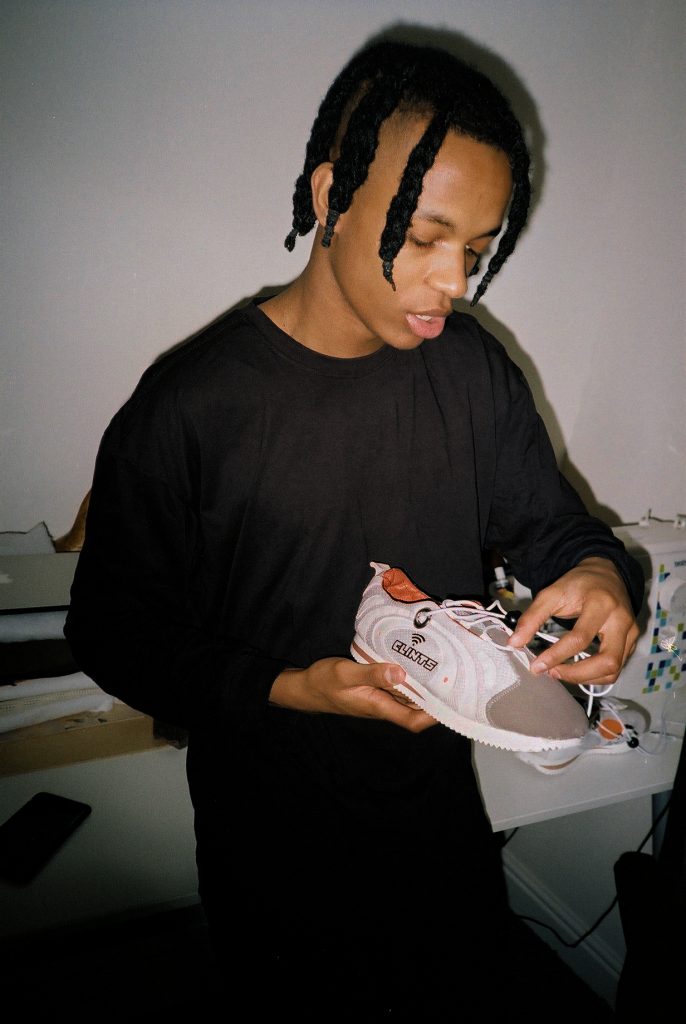The lives of black men in the UK have long been adversely affected by negative public perceptions. We are often turned away from jobs because we are not the “right fit”, while on the streets, we are regularly treated by police as dangerous suspects.
In a 2011 study, Media Representations & Impact on the Lives of Black Men and Boys, conducted by The Opportunity Agenda, negative mass media portrayals were strongly linked with lower life expectations among black men. These portrayals, constantly reinforced in print media, on television, the internet, fiction shows, print advertising and video games, shape public views of and attitudes toward men of colour.
Black male achievement is seldom celebrated in the UK mainstream media. Rather than waiting for things to change, we want to use our own framework to do this. It’s consistent with our desire at The Common Sense Network to ‘discover stories from across the political spectrum, local stories, stories that hold power to account, that uncover wrongdoing, that empower the forgotten and the unheard.’
In a wide range of ways, the overall presentation of black males in the media is distorted, exaggerating some dimensions while omitting others. The truth is there are many Black men working hard to do a lot of with a little, changing the world and playing on their own court. Through this series, we want to introduce you to 10.
Chapter 2: Junior Clint
How did this all begin?
I was studying business in manchester in my 2nd year when I decided to take a gap year. I then started watching different tutorials online which led me into design. I was already into clothing, however now I was learning how it actually works. One thing led to another and I just kept watching more and more videos.
I then read a book called Shoe Dog by Phill Knight, the creator of Nike. The book gave me an insight into building and creating a brand. It gave me an idea of the ups and downs and after reading, I believed I could do it. Seeing the face behind the Nike brand was so interesting to me and it really made me think it was possible to build something from the ground up. I soon started making clothes, then shoes. The first few looked good aesthetically but weren’t functional. I started finding different ways to improve the quality so that people could wear them.
I soon started working with a European company called Novesta. We collaborated on a piece of footwear.
I began my journey being intrigued about how footwear starts as an idea and then a product we wear in our day to day lives. I’ve since been interested in the development stages.

How have things been since you started?
People have really taken up the brand. The reception has been really good but there has also been obstacles. Some of the challenges have been good challenges. Things like making sure we have enough quantities to meet the demand, actually fulfilling the orders after someone has ordered from different countries for example. Being actually able to deliver them.
I think in some ways, I underestimated the response. From the first release, we didn’t think the shoes would sell out as quick as they did. There has definitely been obstacles all throughout the journey. Nevertheless, people have received the product well and it’s been an upward trajectory so far.







What do you hope to achieve with your projects.
I want to be able to develop ideas that will help to enhance performance. In the future, I hope to not only focus on aesthetic but also performance. I want to use more innovative tech in my designs.
I also hope to inspire people to pursue their own interests. This is one of the reasons I started the Inspire Change Initiative. I hope it will give people in the BAME community insight into what it takes to make shoes or work in the fashion industry.
Its an initiative for the BAME community. I want to inspire them by exposing them to someone in the industry who is just like them. People can’t be what they can’t see, so showing people diverse creators will encourage them to create themselves.


What’s surprised you so far about your personal journey?
In this industry, there is a lot of background work. People see the product, but it takes a lot behind the scenes to make the products happen. There is a lot of admin and technical work needed.
What are some of the ways you’ve made an impact thus far?
I see the impact differently from other people. Some focus on numbers and some of selling out. It’s difficult for me to calculate the impact we have made when I’m still so early into my journey. I hope I have inspired some people to pursue their talent to be want to keep creating.
What does success look like to you?
Freedom to be your yourself. To be able to inspire people to do their own things. In the future, I hope to be able to create a space where people can come to create. I also hope to always have the resources to create and to bring new things to life.
How can people get involved?
People can support by watching the journey and supporting in any capacity. People should be on the lookout for more initiatives and pop-ups.


